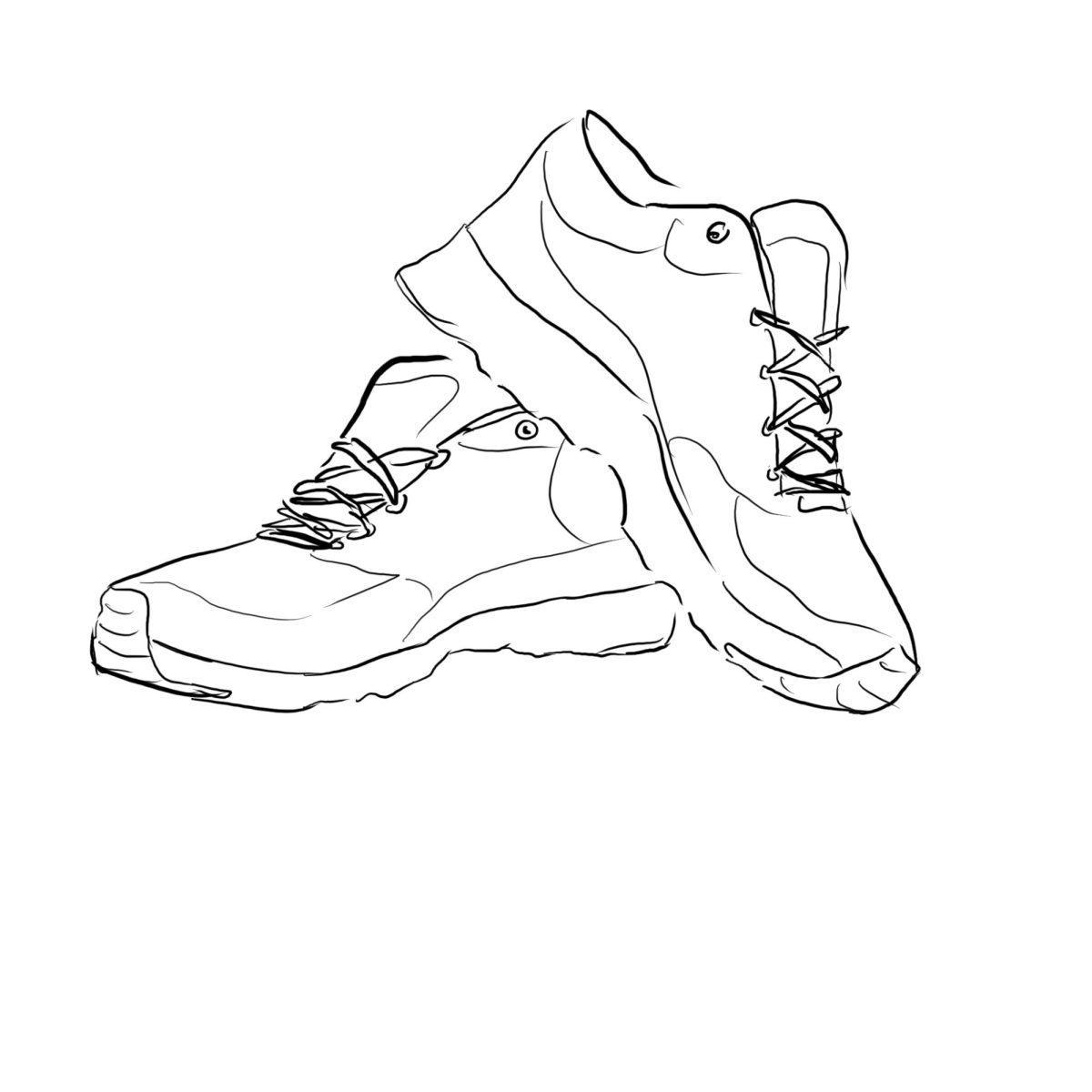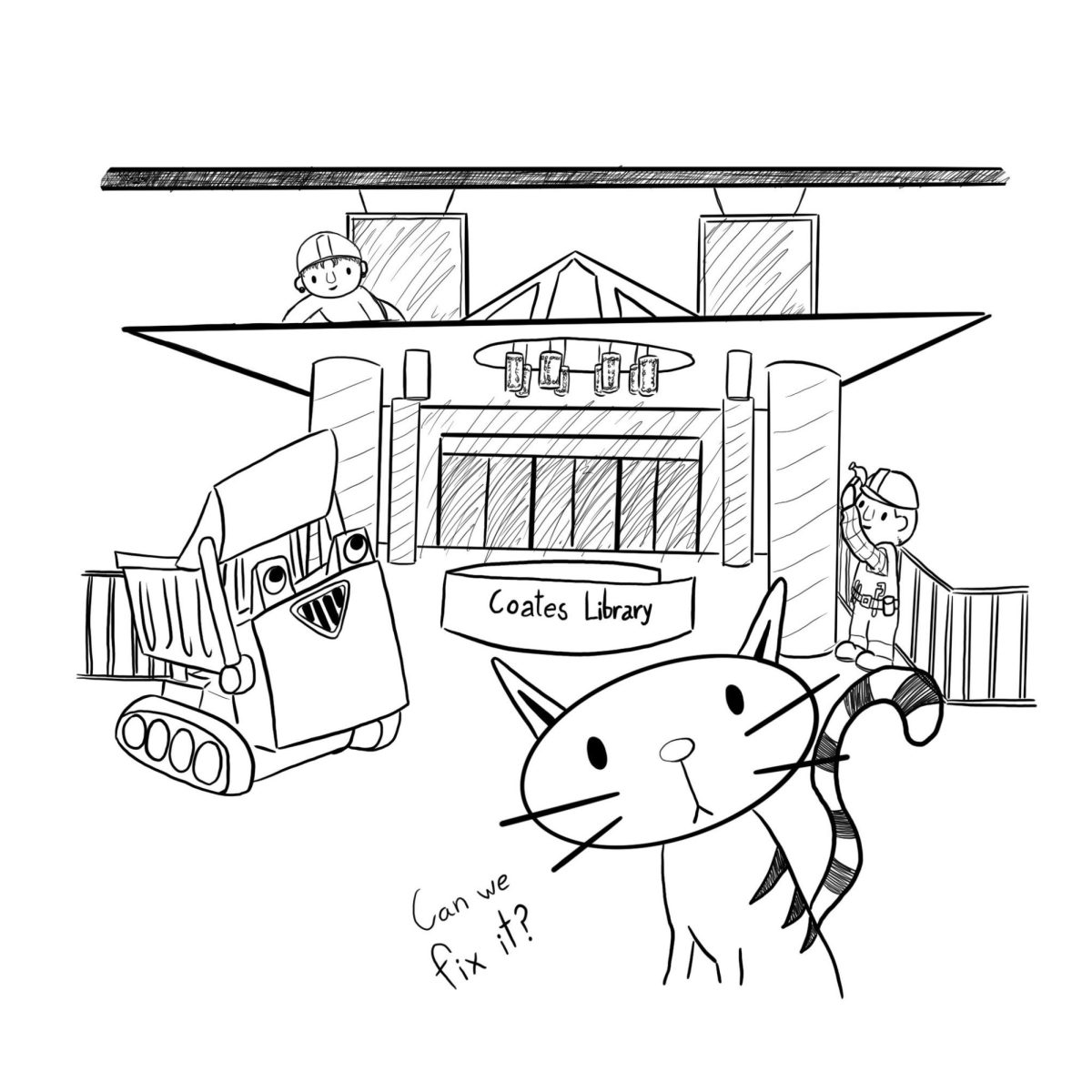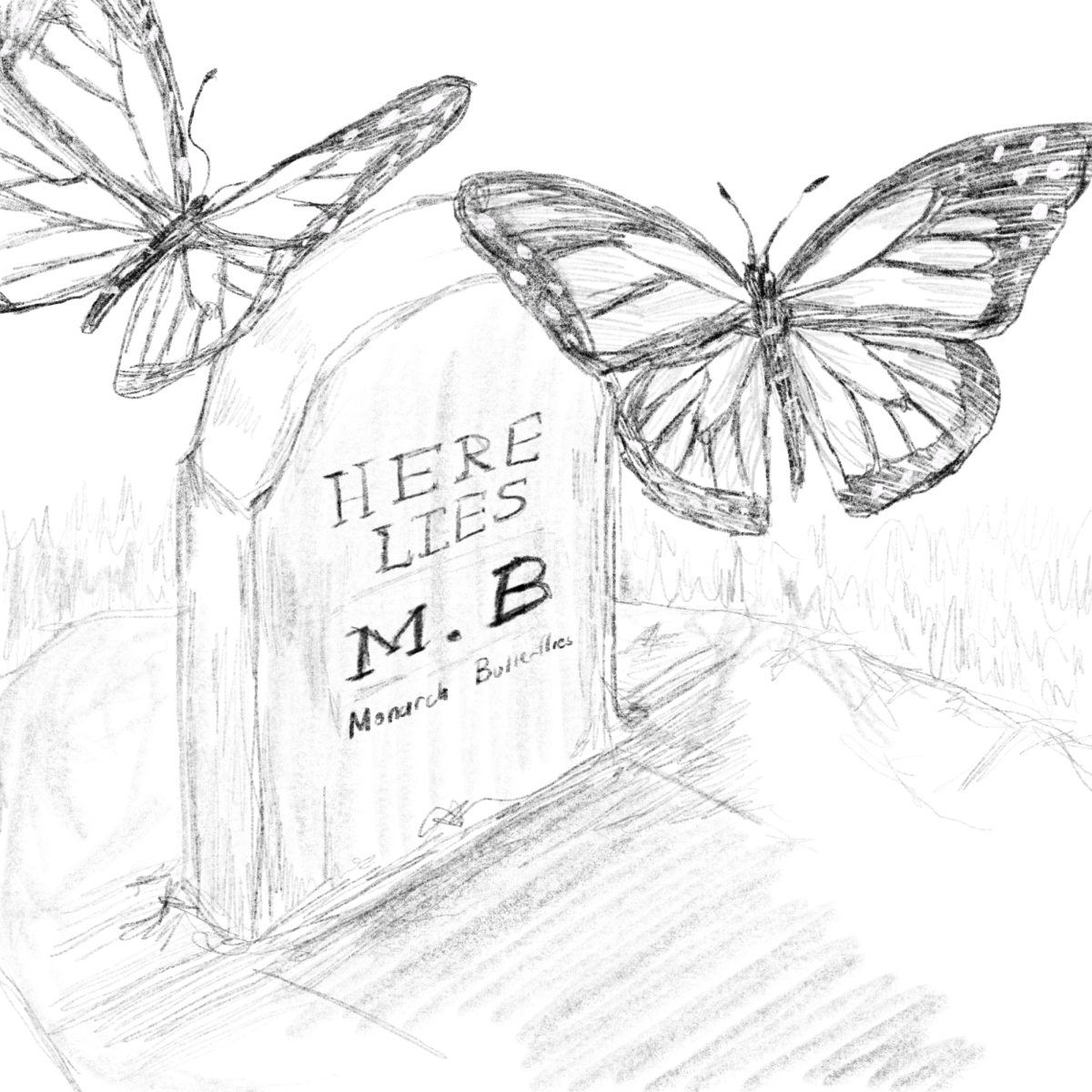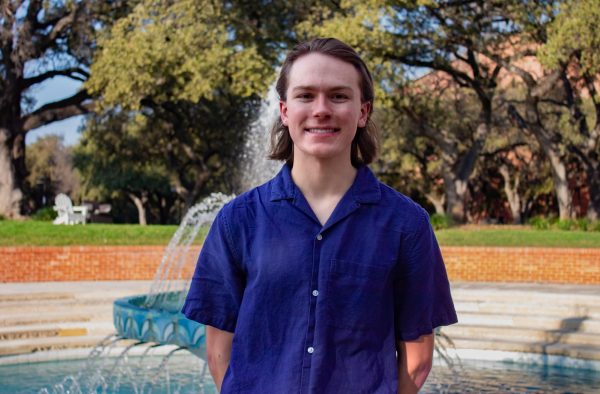Everyone and their mother is running or involved in a run club. I’ve been lucky enough to run over the last few years, but I’ve only recently taken advantage of running outside in San Antonio. Trinity’s positionality makes it helpful for solo and run groups alike, however, to me, there’s something charming about running down on Belknap St. on my own in the morning. Running is a great hobby and doubles as a physical activity, and run clubs solve many issues for newcomers. However, many super-sized run clubs diminish the practical benefits of running solo while belittling smaller run clubs.
While newcomers benefit from the structure of clubs by designating when and where to run, going alone has its own merit. When I run, seeing all the churches and older buildings in Monte Vista is a fun visual reminder of how old San Antonio is. With a few turns, San Pedro Springs Park is in distance and makes for a nice accomplishment. Obviously, the nearby Brackenridge Park gets a lot of traffic, as does Olmos Park, north of campus but there isn’t a schedule to abide by or a specific path to go. It’s freeing.
While I will always beat the drum for solo running, clubs allow all people’s needs to be met while providing a conduit for competitiveness and community. I’ve also been nearly hit by cars (and a VIA bus), and running with a group can alleviate numerous safety concerns.
Run clubs pop up in all sorts of locations. Students restarted the Trinity University Run Club last semester, and it goes without saying that small clubs like that do excellent work. As my colleague Maddy Morrow covered last October, nearly every Saturday morning, TURC meets outside Mabee and welcomes anyone, regardless of expertise. They meet many newcomers’ concerns while eliminating many practical problems running in a city can have. In a huge place like San Antonio, the roads come in all shapes and sizes. While apps like Strava give routes to run, it can still be challenging to trust them.
In this case, smaller run clubs also provide a local organizational solution about where and when to run, helping establish weekly routines. These benefits can be immensely helpful to first-timers, where people can learn their pace by running with people at similar skill levels. Learning to run can be frustrating and especially unmotivating, so run clubs can show us how to embrace the struggle in a collective way.
However, the run club explosion goes beyond the Trinity bubble. Hundreds of runners meet at huge events, such as ones by the Dreamers Run Club. These opportunities are only possible in metropolitan areas like San Antonio, and they solve the problems of navigating where to run, but when these run clubs solely become ways to meet romantic partners, I start to have doubts.
These large run clubs sell themselves as a safe place to meet new people, often advertised as a way to replace dating apps. In this context, running is secondary. There’s a space for these events to exist and seem harmless. However, it’s a little disappointing to see these huge run events exist merely as a conduit to find a partner. Are these monstrous run clubs truly about community? While it’s great that people can meet a lover, it gives me some doubt. Perhaps I am shaking my fist at a cloud, but running is expendable in these endeavors.
As a hobby, casual running first became a cultural pillar of America in the 1970s. While run clubs aren’t a product of the times, what makes the 2020s running explosion different is the prevalence of these massive ones. While the current interest in run clubs is great for self-improvement and community building, something smells off here. Specifically, I’m not sure how committed these massive run clubs are to running as a practice.
Regardless of the run club fad, now is the best chance to start running. As Texas gets warmer, the runs get harder. Whether through a run club or going solo, running brings many things to the table. That said, I’d caution against these megachurch-like clubs. Gimmicks like romantic run events won’t be able to last, but certainly will be remembered as part of young adult culture in the 2020s. For those curious about running, ditch the super-sized run club and find a group that truly cares about the first word in “run club.”






